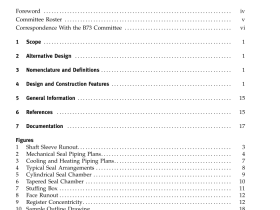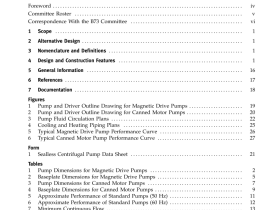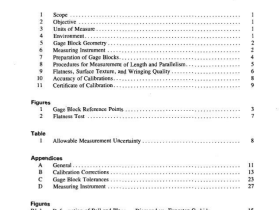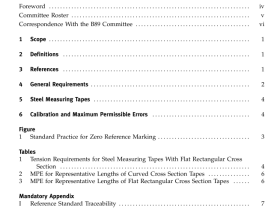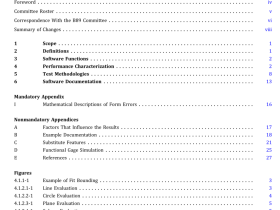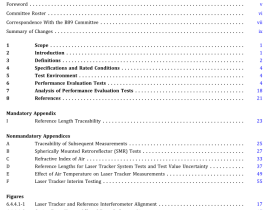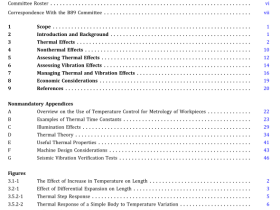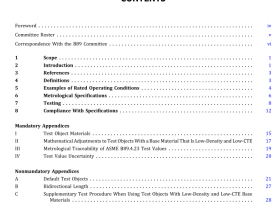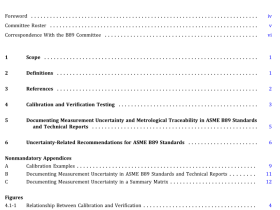ASME B30.11 pdf download
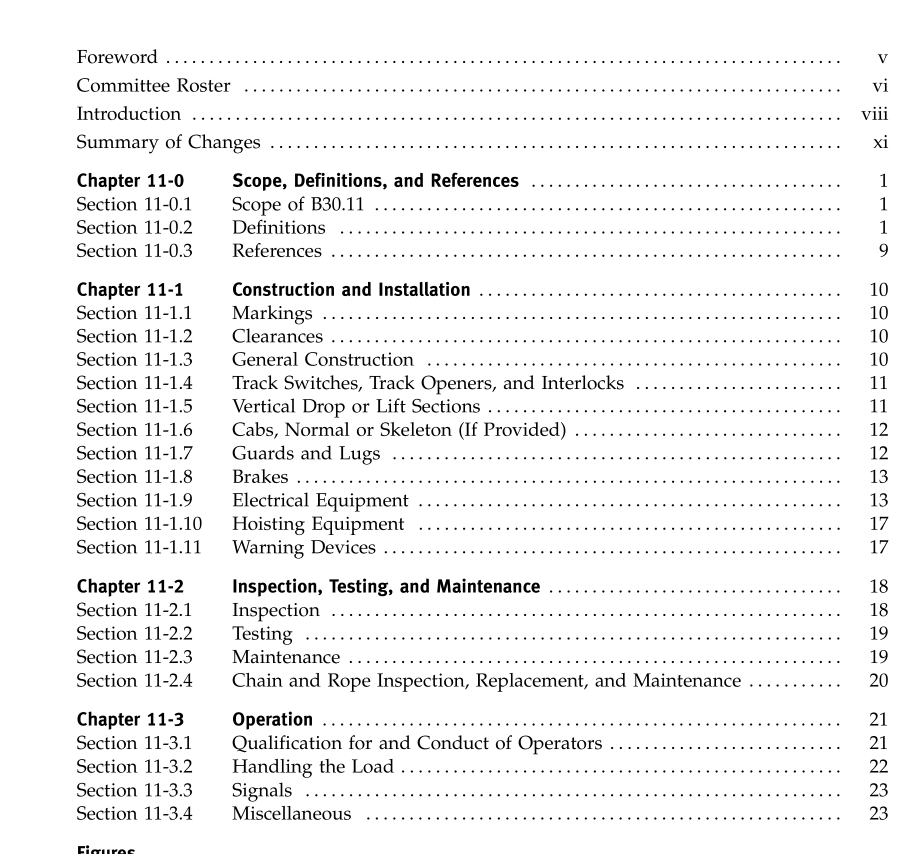
ASME B30.11 pdf download Monorails and Underhung Cranes Safety Standard for Cableways, Cranes, Derricks, Hoists, Hooks, Jacks, and Slings
SECTION 11-0.1 SCOPE OF B30.11
Within the general scope defined in Section I of theintroduction,ASME B30.11 applies to underhung cranesand monorail svstems where load-carrying memberssuch as end trucks or carriers (trolleys), travel either onthe external or internal (see Fig. 9) lower flange of arunway track section, single monorail track, crane bridgcgirder, or jib boom (see Fig. 1), including all curvesswitches, transfer devices, lift and drop sections, andassociated equipment, This Volume includes provisionsof both power-driven and hand-operated equipment onwhich the carriers are independently controlled. Thisequipment is grouped together because of the similarityof construction and because of common considerationswhich are peculiar to this type of equipment. Systemsused for transporting personnelrequire special considerations and are not included in this Volume.Alsoexcluded from this Volume are conveyor systemsincluding power and free conveyors
SECTION 11-0.2 DEFINITIONS
abnormal operafing conditions: environmental conditionsthat are unfavorable, harmful, or detrimental to or forthe operation of the crane or carrier, such as excessivelyhigh or low ambient temperatures, exposure to weathercorrosive fumes, dust- or moisture-laden atmospheresand hazardous locations.
administrative or regulatory authority: governmentalagency or the employer in the absence of governmentaljurisdiction.
appointed: appointed by a duly constituted administrative or regulatory authority.
brake: a device, other than a motor, used for retardingor stopping motion by friction or power means.
bridge (crane) girder: crane member on which carrierstravel, horizontally mounted between and supported bythe end trucks.
bridge (crane) fravel: crane movement in a direction parallel to the crane runway.
cab: an operator’s compartment attached to a crane orcarrier.
cab, normal: operator’s compartment used for controllinga cab-operated crane or carrier.cab, skeleton: operators compartment used for occasionalcab operation of, normally, a floor- or remote-operatedcrane or carrier.
carrier: (also known as trolley) a unit that travels on thebottom flange of a monorail track, jib boom, or bridgegirder to transport a load.
carrier, automatic dispatch: a carrier that, when activatedoperates through a preset cycle or cycles.carrier, cab-operated: a carrier controlled by an operatorin a cab attached to the carrier (see Fig. 2).carrier, floor-operated: a carrier that is controlled by ameans suspended from the carrier or crane, or controlledfroin a wall-mounted station and operated by an opera-tor on the floor or on an independent platform.carrier, hot molten material: an overhead carrier used fortransporting or pouring molten material.carrier, manually operafed: a carrier whose travel mecha-nism is driven by pulling an endless chain or by manu-ally moving the load.
carrier, powwer-operated: a carrier whose mechanism isdriven by electric, pneumatic, or hydraulic means.carrier, pulpit-operated: a carrier operated from a fixedoperator station not attached to the carrier.carrier, remnote-operated: a carrier that is controlled by anymethod other than a means suspended from the carrierand operated by an operator not in a pulpit nor in thecab attached to the carrier.
chain, hand: the chain grasped by a person to apply forcerequired for lifting, lowering, or traveling motion.NOTE: Hand chain properties do not conform to those shown inASME B30.9.
